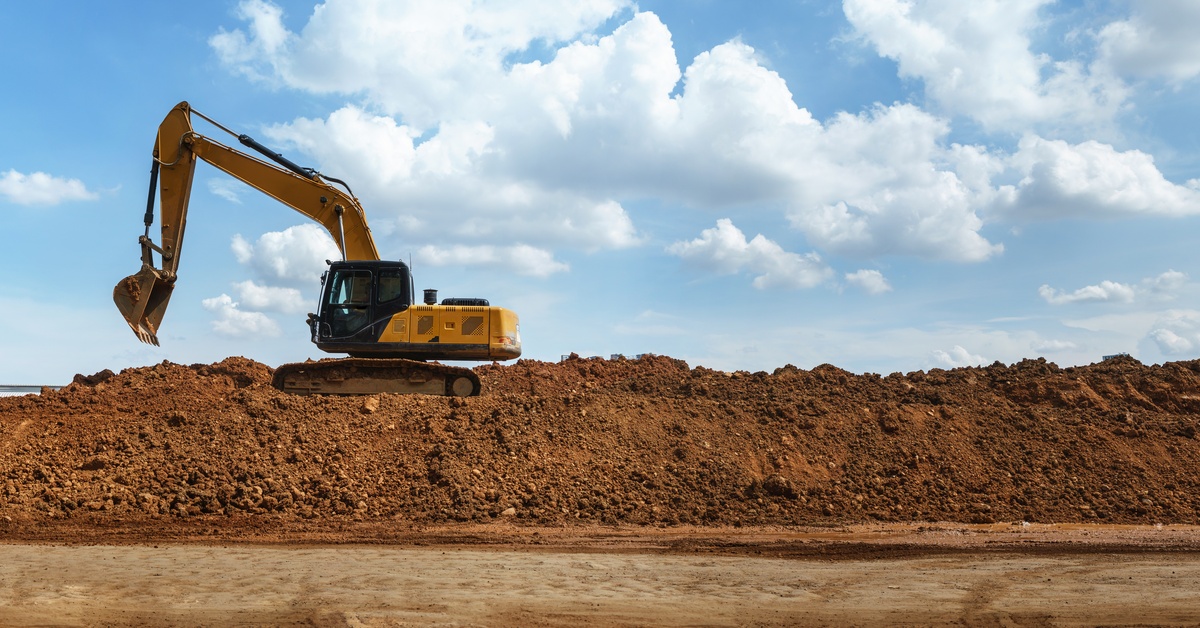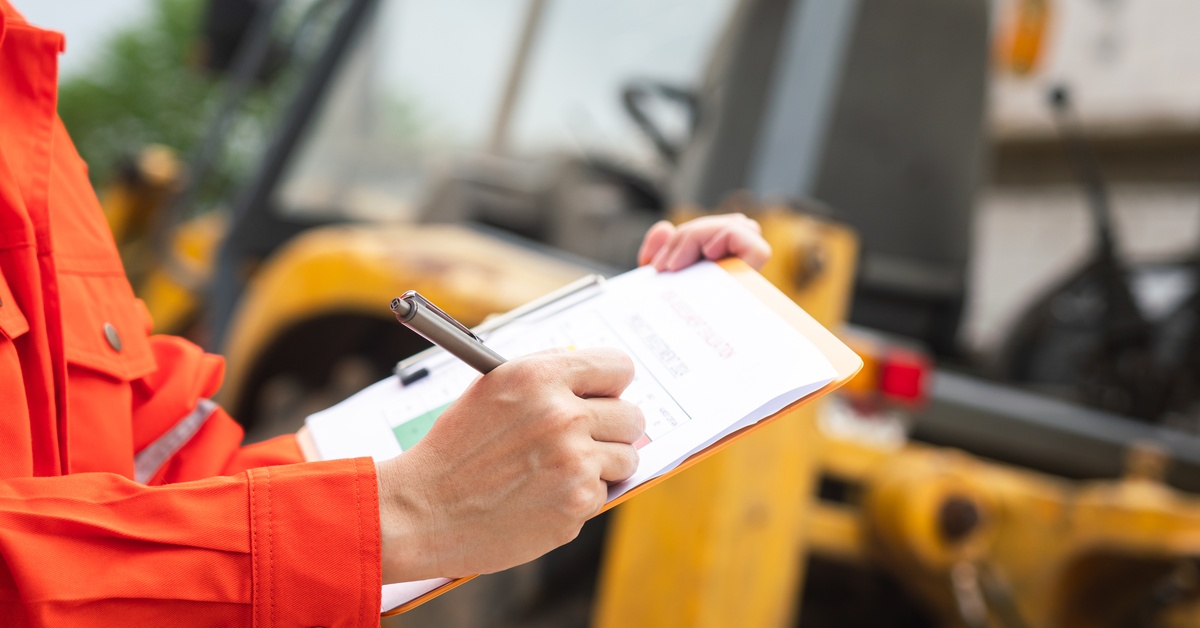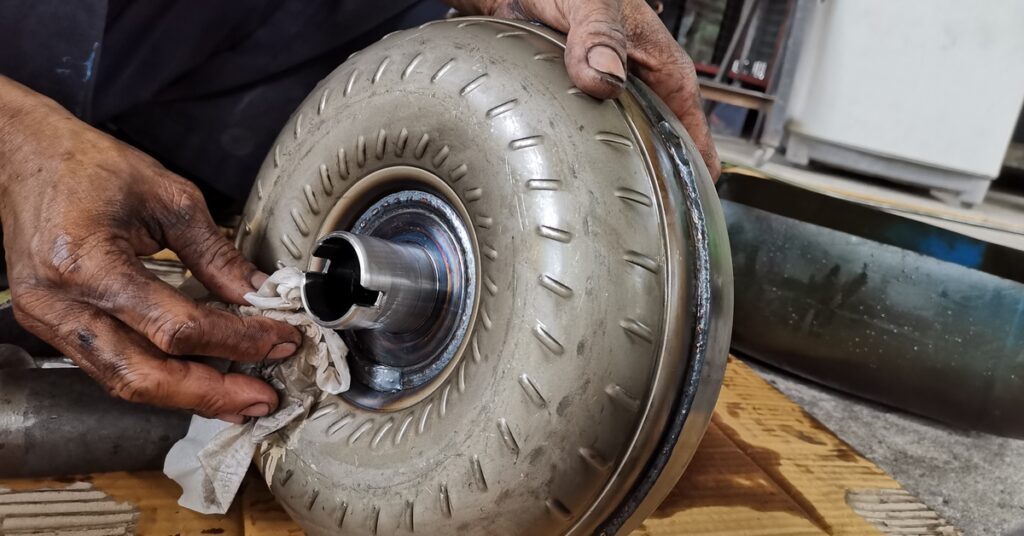Torque converters transfer power from the engine to the drivetrain so that machinery and vehicles function seamlessly. Understanding their mechanics can help automotive technicians and mechanical engineers identify issues, improve performance, and make informed repair decisions. Explore the science behind heavy-duty torque converters to fully understand how these components benefit your systems.
The Purpose of Heavy-Duty Torque Converters
Heavy-duty torque converters connect an engine to a transmission system to transmit, amplify, and modulate torque efficiently. These components power vehicles in demanding environments such as construction and mining sites.
Torque Multiplication for Enhanced Performance
Torque converters offer torque multiplication, a feature that provides an incredible boost of torque to the drivetrain when starting from a complete stop. This process enables heavy vehicles to move effortlessly under load and offers a seamless transition of power, even in rugged conditions.
Fluid Dynamics in Energy Transfer
Unlike direct mechanical connections, heavy-duty torque converters rely on hydraulic fluid to transfer energy. By using a combination of impellers, turbines, and stators, torque converters deliver power to the system efficiently and carefully. This fluid-driven design also minimizes wear and tear, so drivers can use these parts in heavy-duty applications with extended longevity.
Why Heavy-Duty Applications Demand Specialized Designs
Standard torque converters are often insufficient for vehicles operating in extreme conditions. As a reliable solution, heavy-duty converters feature reinforced structures, advanced cooling systems, and precise engineering to handle high torque output and extended operational lifespans. These specialized designs will continue to perform well in harsh environments under intense stress.
Components That Define a Torque Converter

Every heavy-duty torque converter consists of several components that require consistent maintenance for efficiency and effectiveness in transmitting power. Understanding the science behind heavy-duty torque converter parts will allow you to recognize when the system needs repairs.
Impeller
The impeller is the first component to engage within the torque converter. It rotates at engine speed to propel transmission fluid toward the turbine.
Turbine
After the impeller transfers the fluid out, it enters the turbine. At this stage, the turbine converts the fluid’s kinetic energy into mechanical energy, facilitating the rotation of the transmission system.
Stator
The stator improves torque multiplication for easy handling and care. Positioned between the turbine and the impeller, it redirects fluid flow to reduce energy loss and amplify torque output.
Common Issues With Torque Converters
Despite their durability, heavy-duty torque converters are not immune to breakdowns. Early detection of issues will allow you to maintain continued performance and prevent costly downtime.
Overheating Under Intense Conditions
Torque converters generate substantial heat during operation, particularly when under heavy load. If these components undergo severe pressure over an extended period, the system could fail. Overheating can lead to fluid degradation and damage, so monitor and regulate the temperatures of your components to prevent any efficiency reductions in the system.
Contaminated Hydraulic Fluid
Dirt, debris, and metal particles can infiltrate the fluid and cause internal damage to the impeller, turbine, and other components over time. To prevent these types of issues, proper filtration systems and regular fluid replacements can mitigate the amount of debris entering the system.
Faulty Bearings and Mechanical Wear
Wear and tear on internal bearings, as well as other mechanical components, can reduce the efficiency of the entire system. Unaddressed mechanical wear often leads to misalignment, vibration, and noise within the drivetrain.
How To Evaluate the Need for Repairs
Knowing when your heavy-duty torque converter requires repairs or replacement can save time, reduce costs, and prevent catastrophic failures. Look out for any visual indicators of performance drops or unusual sounds to schedule repairs immediately.
Diagnosing Torque Loss
If a vehicle exhibits reduced torque output, diagnosing the issue within the torque converter system will help determine the cause. Loss of torque often results from faults in fluid circulation or worn-out turbine components.
Identifying Excessive Noise
Unusual noise coming from the drivetrain can be a sign of internal damage. Rattling or clunking sounds typically indicate worn bearings or insufficient hydraulic pressure within the system. These noises can come from general wear and tear or directly after an extensive operation, so keep an ear out if you hear any harsh sounds coming from your vehicles.
Monitoring for Slippage
Slippage during operation is another common issue caused by deteriorating internal components. Some degree of slippage is normal in torque converters, especially at low speeds, as it allows the engine to run without stalling when the vehicle is stationary. When the impeller and turbine lose their balance in speed, however, this could lead to conflicting issues.
Replace and align these parts when you notice heavy signs of slippage. If slippage persists after adjustments, evaluate the torque converter and associated connections.
Advances in Heavy-Duty Torque Converter Technology
Advances in materials, design, and technology continue to redefine how heavy-duty torque converters perform. These innovations are optimizing durability, operational efficiency, and repairability. They also benefit operators who may need additional tools to diagnose issues with their heavy-duty torque converters.
High-Strength Materials
New alloy compositions and heat-treatment processes are delivering unprecedented strength to torque converters. This allows them to withstand extreme conditions while maintaining high durability.
Advanced Cooling Systems
Many manufacturers implement innovative cooling mechanisms, such as liquid-cooled plates and improved airflow designs, to combat overheating and enhance system longevity under demanding workloads. This allows operators to use their vehicles for extended periods without compromising the durability of the system.
Smart Diagnostics
Integrated smart technology provides real-time performance data for torque converters. These tools enable automated system monitoring and allow engineers to remotely assess and quickly address potential issues. This allows operators to reduce downtime and increase performance.
Why Maintenance Matters

Routine inspections and proper maintenance keep heavy-duty torque converters functioning at their best. Changing hydraulic fluid at recommended intervals prevents contamination and overheating. High-quality hydraulic fluids with superior heat resistance and lubrication properties offer optimal system performance.
Consistent inspections of impellers, turbines, and stators can identify early stages of wear. This makes it easy to replace faulty parts without compromising productivity. Other preventive measures, such as updating worn bearings and integrating advanced materials, reduce the likelihood of system failure. Implementing these strategies protects heavy-duty vehicles operating in challenging environments.
When your vehicles need repairs, it’s important to replace these parts to avoid any delays or hazardous situations before heading to your mining site. To get additional driveline parts for your system, browse our collection at Bull Powertrain. Our durable and reliable components will fulfill the needs of your vehicles so that you can continue your operations.

